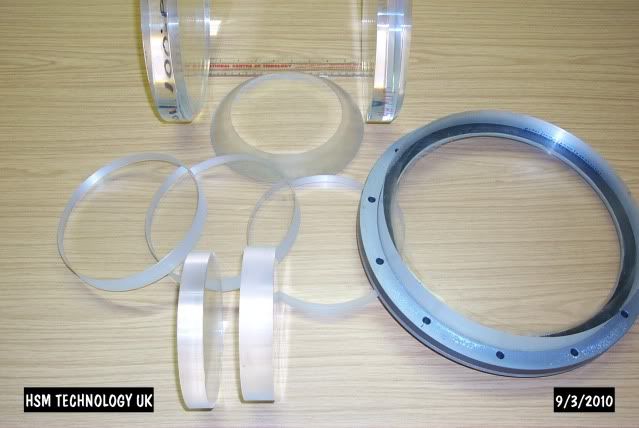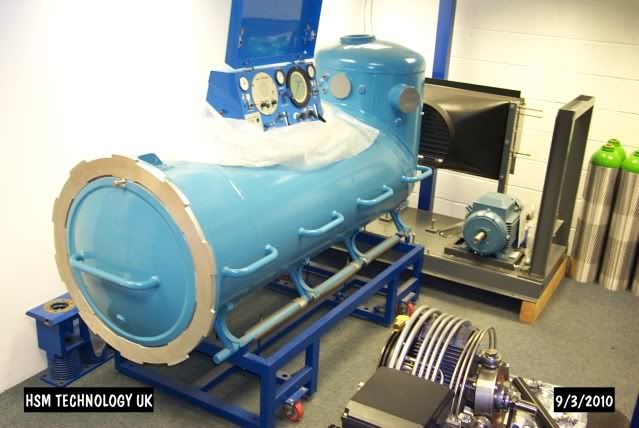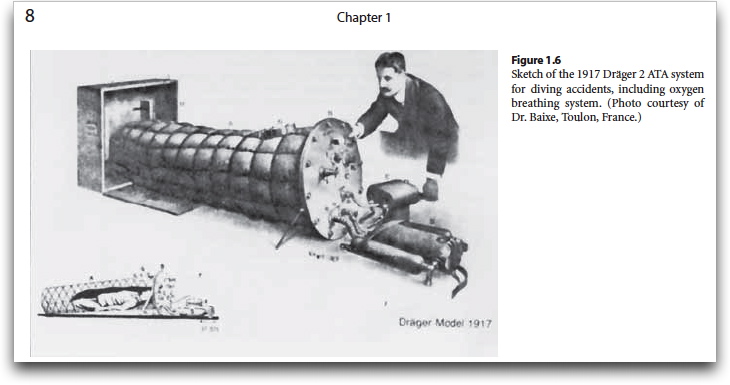those Duocom Drager Chamber posted by Iain will do the job and yes they will last forever, however I want to point out that the skill required to operate such chamber is much greater than to operate a hyperlite.
The price for a Duocom drager chamber goes around $160 000 EDIT . Josh Boisvert
Josh.
Thanks for the kind words. Although I don’t dare talk badly about chambers I have to take issue on your “lasting forever” comment. 30 odd years ago I could climb through a 24inch manway no bother, on some larger saturation chambers with the 18 “hat” locks those too. OK so now a days I work on the basis that the stretcher provided is for my own personal use, but I do still have some active life left in me. LOL
You will note that the first photo I posted is not strictly a transportable chamber you can see the heavy bolt down section and anti vibration mounts. For the OP’s use I would have the chamber bolted down below deck and forget all this transport under pressure nonsense.
I did think we had moved on from those heady days of dangling divers on a string under a six ton flying fan blade and other such sea stunts of “dipping” one man navy chambers in the sea to cool it down while attempting a port call at the “Ziggy” navy base Cyprus while achieving a table 6.
The answer to these and other non engineering questions is IMHO Valium, lots of Valium or any other diazepam derivative.
For the practical solution as with all these small chambers is that by the time you get back to port or wait for the rescue the treatment is over, 4-5 hours and your done. Treatment finished diver on deck. Then if required you can call in the transport, or stick him on a local bus if you have too, but treatment is over (at least for the day).
Also not easy to see in that 1st photo that you can smash the diver down to 165FSW 50MSW for a serious gas embolism but these newer chambers use a 50/50 Heliox mixture on BIBS with the Comex 30MSW treatment table as well as the pure oxygen Table 6. The BIBS are modified for depth by incorporating a negatively biased tracking regulator to overcome the risk of inbuilt BIBS dump. Can be used with Scott Pressure VAK II or the any other make. Same as used in sat chambers to 300MSW. So at worst the maximum depth is only 30MSW 100FSW and the time for a comex treatment. five hours,
Driving a chamber is no more difficult than mixing gas in filling a scuba cylinder, granted the panels in the 1st photo may look a bit daunting but there are other cleaner simpler laid out design options around to give a more “medical” clean feel, if that is what is required.
As to cost I can assure you that from the engineering standpoint they are sold at the same price as a small car around $40-50K so I must ask who the heck paid $160,000?
That’s three times cost!!!. No wonder you don’t see many on liveaboard’s.
Even on the largest pleasure craft we have put these chambers onto, I can testify that in the main the Jacuzzi was dearer. Iain Middlebrook.





